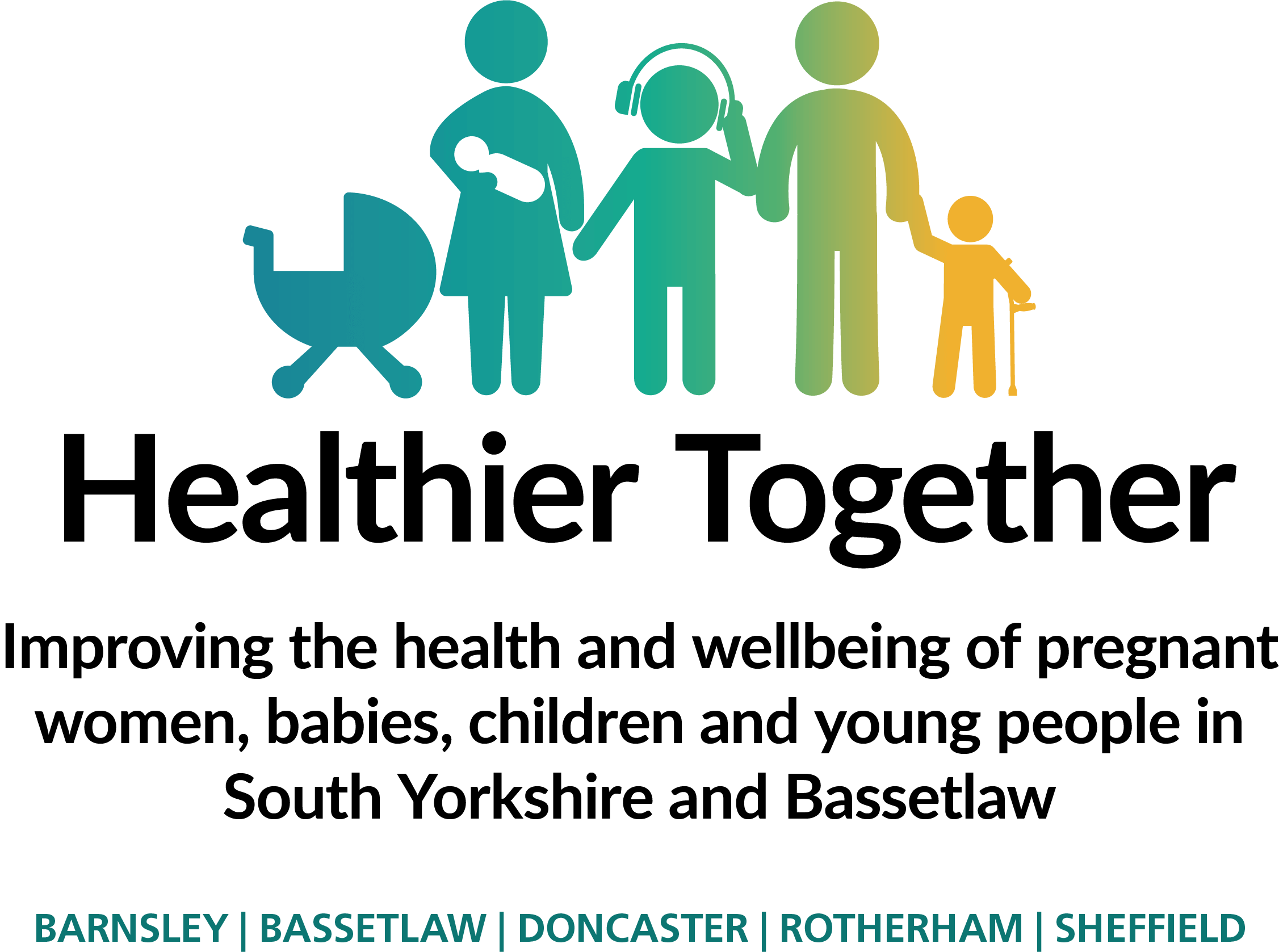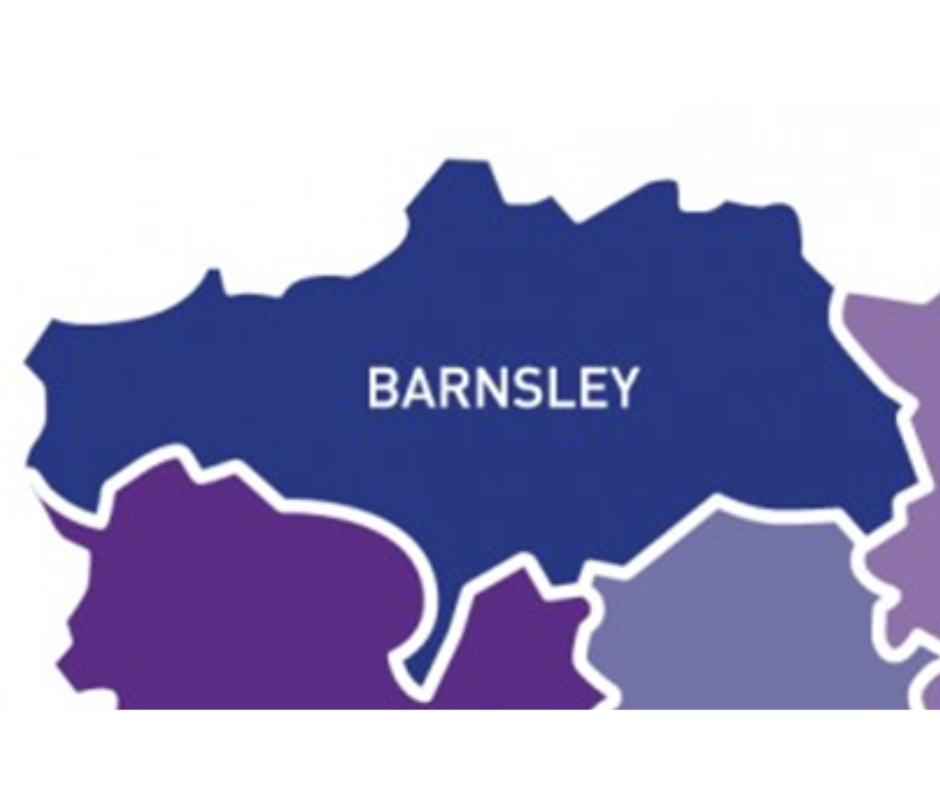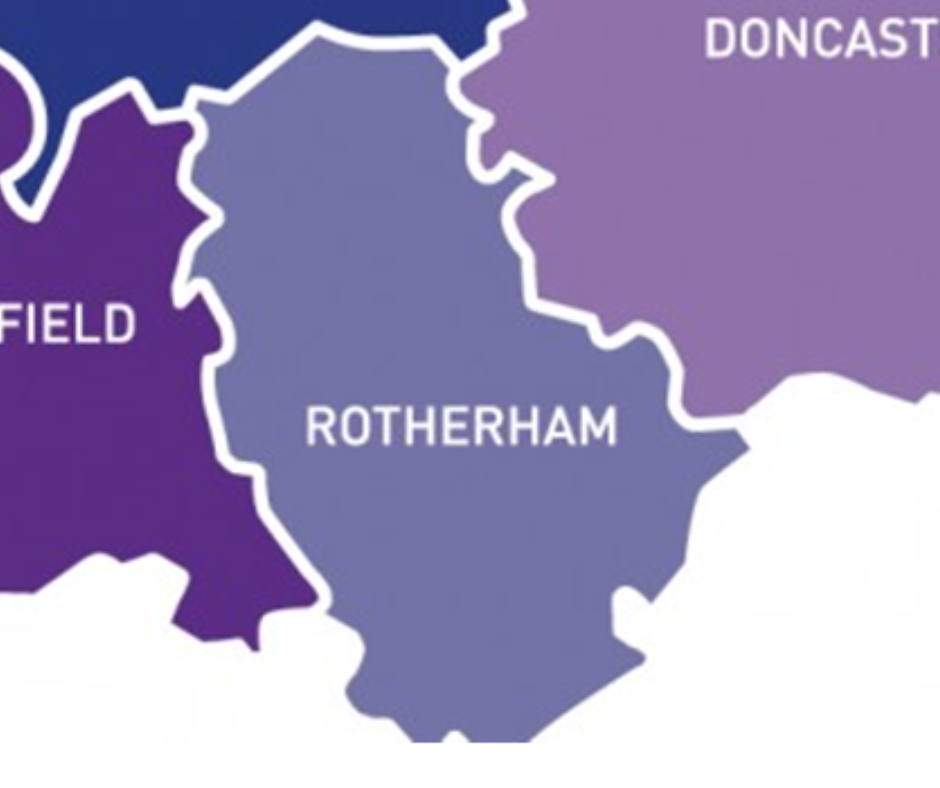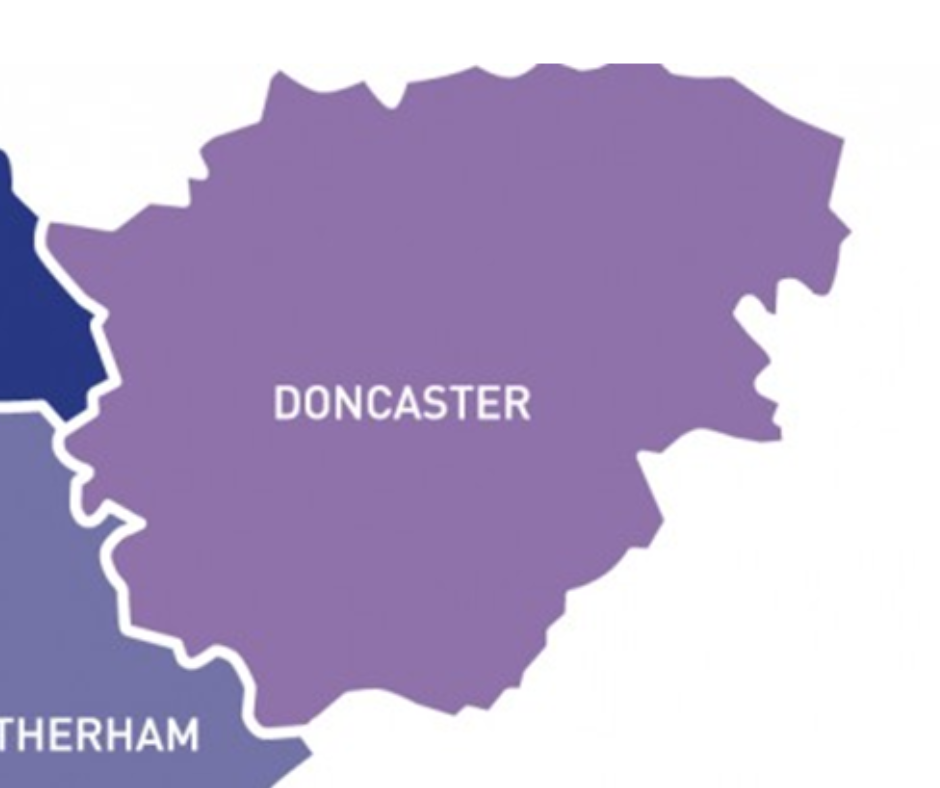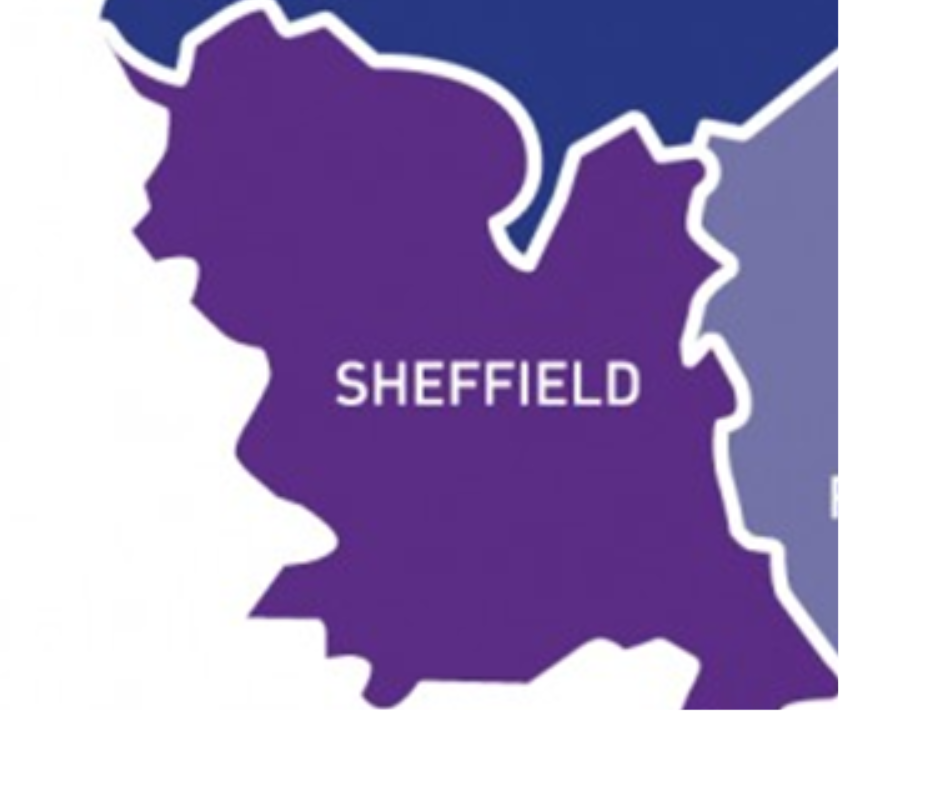Pests
Pest infestations can be a common problem in homes, causing health risks and property damage. It's important to know how to identify an infestation, take appropriate action, and understand the responsibilities of different types of tenants. This webpage provides helpful information on recognizing infestations, steps to address them, responsibilities for private and council tenants, and what to do if you own your home.
How do I know I have an infestation?
Recognising signs
Look for evidence such as droppings, damage to property, odors, discoloration, and unusual sounds.
Common pests
Learn about signs of infestation for rats, mice, cockroaches, bed bugs, flies, and birds.
What do I do about it?
Notify your landlord or the council
Inform your landlord in writing about the infestation, describing the issue and its impact on your health and household. Request appropriate actions, such as pest removal or repairs.
Seek professional help
Contact your local authority for a pest control service.
I am a private tenant, who is responsible?
Landlord's duty
Private landlords must provide a safe and pest-free environment. They are responsible for addressing infestations caused by structural issues or factors beyond the tenant's control.
Tenant's responsibilities
Maintain cleanliness, dispose of waste properly, and avoid actions that attract pests. Breaching these responsibilities may have consequences and enforcement action by the local authority.
I am a council tenant, who is responsible?
Local authority duties
Councils have a duty to take action against infestations and hazards in their properties. Contact the environmental health department of your local authority to report the infestation.
Tenant's role
Report the infestation to the local authority and follow their guidance.
Barnsley
Doncaster
Rotherham
Sheffield
If the landlord is unresponsive, you can complain to the Housing Ombudsman.
I own my home, what do I do?
Identify the cause
Determine if the infestation is due to structural problems or other factors. Address any structural defects that allow pests to enter the property.
Seek professional help
Contact a registered pest control service to remove the infestation. Your local council has a service you can pay for as a home owner.
Barnsley
Doncaster
Rotherham
Sheffield
Maintain preventive measures
Take steps to prevent future infestations, such as proper waste disposal and sealing entry points.
What will it cost me?
Landlord's responsibility
In most cases, landlords are responsible for covering the costs of pest removal and necessary repairs, unless the infestation is caused by the tenant's actions.
Tenant's responsibility
If the infestation is caused by the tenant's actions, the landlord may not be liable for the expenses. Check with your local council for cost-sharing policies.
What will happen if I leave it?
Health risks
Ignoring an infestation can lead to health problems and property damage.
Legal consequences
Landlords failing to address infestations can face legal action, including improvement notices or prohibition orders.
Tenant's options
Report the infestation to the local authority, start court proceedings for disrepair, or pay for the repairs and seek reimbursement through legal means.
Dealing with pest infestations requires prompt action and shared responsibility between tenants and landlords. By recognising signs of infestation, notifying the landlord, seeking professional help, and following guidance from local authorities, tenants can effectively address the problem. It's important to understand your responsibilities as a tenant and take preventive measures to avoid future infestations. Remember, early intervention is key to maintaining a safe and healthy living environment.
